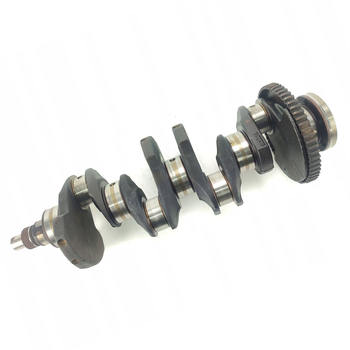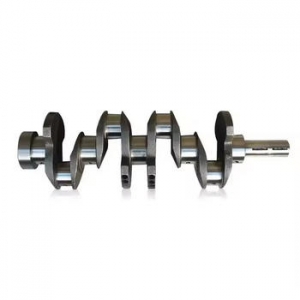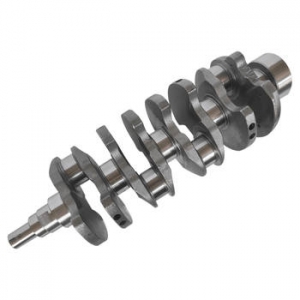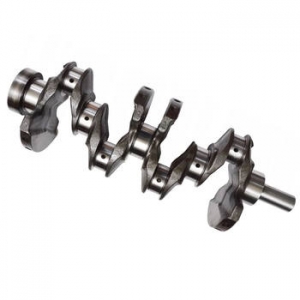Understanding Crankshaft Problems
The crankshaft is a critical component in an automotive engine, converting the reciprocating motion of the pistons into rotational motion. Crankshaft problems can lead to reduced engine performance, increased fuel consumption, or even engine failure. Common signs of crankshaft issues include engine vibrations, knocking or rattling noises, poor acceleration, and oil leaks.
Diagnosing Crankshaft Problems
To diagnose crankshaft problems, start by performing a visual inspection of the engine. Look for oil leaks around the crankshaft seals and check the oil level and condition. A low oil level or dirty oil can contribute to crankshaft wear. Next, use a mechanic's stethoscope or a scanner tool to listen for unusual noises coming from the crankshaft area. These sounds can help pinpoint the source of the problem.
Common Causes of Crankshaft Issues
Crankshaft problems often stem from worn or damaged bearings, which support the crankshaft and allow it to rotate smoothly. Worn bearings can cause excessive clearance between the crankshaft and the engine block, leading to knocking noises and reduced engine performance. Other causes of crankshaft issues include damaged or bent crankshafts, worn timing chains or belts, and insufficient lubrication due to low oil levels or dirty oil.
Repairing Crankshaft Problems
The repair process for crankshaft issues will vary depending on the cause and severity of the problem. In some cases, simply replacing the worn bearings or seals may be sufficient. However, more extensive repairs may be necessary if the crankshaft itself is damaged or bent. In these situations, the crankshaft may need to be machined or replaced entirely. Always consult with a professional mechanic to determine the best course of action for your specific vehicle.
Preventing Future Crankshaft Problems
Regular maintenance and inspections can help prevent crankshaft issues from occurring in the first place. Be sure to follow the recommended oil change schedule for your vehicle and use high-quality engine oil. Regularly inspect the crankshaft seals and bearings for signs of wear or damage, and replace them as needed. Additionally, pay attention to any unusual noises or vibrations coming from the engine and address them promptly to prevent further damage.
Conclusion
Crankshaft problems can be a significant source of frustration for vehicle owners, but understanding the signs, causes, and solutions can help you diagnose and repair these issues quickly and effectively. By following the tips outlined in this guide and working with a professional mechanic, you can keep your engine running smoothly and avoid costly repairs down the road.




